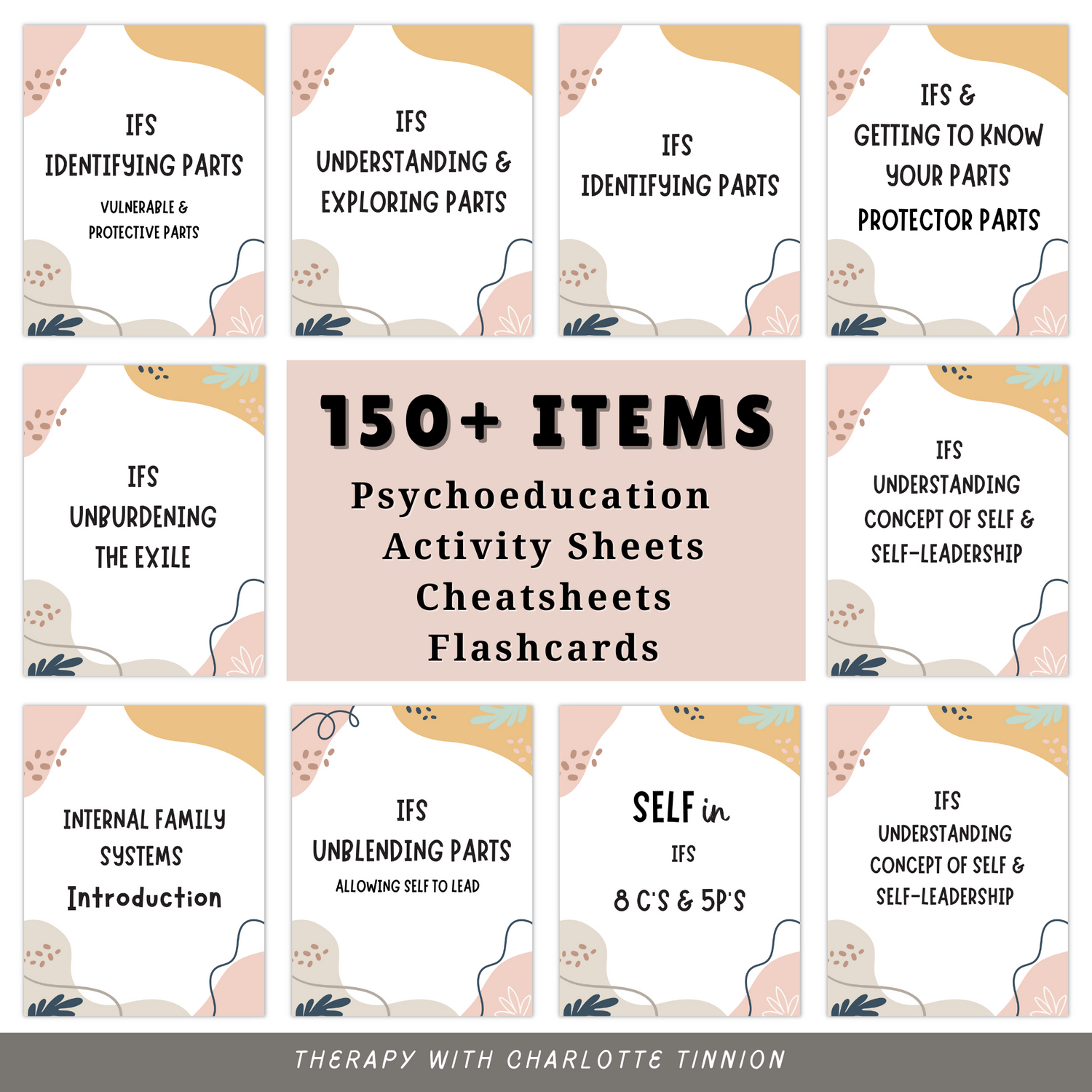
The Power of Play: Therapeutic Techniques for Children
In a world that often feels fast-paced and overwhelming, children can struggle with their emotions and experiences just as much as adults do.
However, unlike adults, children might not yet have the words or the ability to express what they’re going through.
This is where the magic of play comes in. Play isn’t just about fun and games; it’s a powerful tool for growth, healing, and learning.
In the realm of therapy, play becomes a bridge that helps children express themselves, process their emotions, and navigate the challenges they face.
This article explores the significance of play in therapy and highlights key techniques that can be used to support children’s mental health and emotional well-being.

Why Play Matters in Therapy
For children, play is the most natural way to explore the world, understand relationships, and express their feelings. While adults often rely on conversation to work through problems, children do this through play.
By engaging with toys, games, and creative activities, children can communicate what’s on their minds in a way that feels safe and familiar.
Play therapy is a specialized approach that harnesses this natural method of communication. It allows therapists to enter the child’s world, understand their thoughts and feelings, and help them process difficult experiences.
Play therapy isn’t about teaching children how to play; it’s about using play as a therapeutic tool to address issues such as anxiety, trauma, behavioral problems, and more.
The Therapeutic Power of Play: How It Works
Play therapy works by creating a space where children can express themselves without fear of judgment. In this space, toys become symbols, games become metaphors, and creativity becomes a pathway to healing.
Here’s how play therapy can help children:
Expression of Emotions:
Through play, children can express emotions they might not have the words for. A child who has experienced trauma, for example, might use dolls to reenact a difficult event, helping them process their feelings in a manageable way.
Problem Solving:
Play allows children to explore solutions to problems in a safe environment. Whether it’s working through conflicts with action figures or solving a puzzle, children can experiment with different ways of handling challenges.
Building Relationships:
Play therapy also helps children develop social skills and build relationships. By engaging in cooperative play, they learn how to communicate, share, and empathize with others.
Understanding and Integration:
Through play, children can make sense of their world. They can revisit confusing or upsetting experiences and, with the therapist’s guidance, find ways to integrate these experiences into their understanding of themselves and their environment.
Key Therapeutic Techniques in Play Therapy
There are various techniques within play therapy that therapists use, depending on the child’s needs and the goals of the therapy. Here are some of the most effective and widely used techniques:
Directive vs. Non-Directive Play Therapy
- Non-Directive Play Therapy: In this approach, the child leads the play, and the therapist follows. The therapist provides a variety of toys and materials, allowing the child to choose what they want to do. This gives the child complete control over their environment, helping them feel safe and empowered. The therapist observes and gently guides the child, offering support when needed but largely letting the child’s choices drive the session.
- Directive Play Therapy: Here, the therapist takes a more active role, guiding the child’s play to focus on specific issues or goals. The therapist might introduce particular games or activities designed to address certain emotions or behaviors. For example, a therapist might use a game that encourages sharing if the child struggles with social interactions.
Both approaches have their place, and often therapists will blend them depending on the child’s needs and the session’s objectives.
Sand Tray Therapy
Sand tray therapy is a popular technique where children create scenes in a tray filled with sand using miniature figures, toys, and objects. This method allows children to express their inner world in a tangible way. The scenes they create can reveal deep-seated feelings, fears, and desires. The therapist observes the process and, through gentle questioning or interpretation, helps the child explore the meanings behind their creations.
Art Therapy
Art therapy involves using drawing, painting, and other creative arts as a way for children to express themselves. Children might draw pictures of their family, create abstract art that represents their feelings, or mold clay into shapes that symbolize their experiences. Art provides a non-verbal outlet for emotions and can be particularly effective for children who have difficulty expressing themselves with words.
Role-Playing and Puppetry
Role-playing and puppetry allow children to act out scenarios that reflect their real-life experiences or emotions. By giving voice to a puppet or stepping into the shoes of another character, children can explore different perspectives and rehearse ways of handling situations that might be challenging for them. For example, a child who struggles with anxiety might play out a scenario where their puppet learns to manage fear, providing them with a sense of mastery over their own feelings.
Bibliotherapy
Bibliotherapy uses books and stories to help children process their experiences. The therapist might read a story that mirrors the child’s own challenges, followed by a discussion about the characters and their choices. This technique helps children see their problems from a different angle and can provide them with strategies for coping.

Integrating Play Therapy into Everyday Life
While play therapy is typically conducted by trained professionals, parents and caregivers can also incorporate the principles of therapeutic play into everyday interactions with their children. Here are a few ways to do this:
- Create a Safe Space for Play: Encourage open-ended play at home, providing a variety of toys and creative materials. Allow your child to play freely without too much direction, and observe their choices and behavior.
- Join in the Play: Sometimes, joining your child in play without taking over can strengthen your bond and give you insights into their world. Follow their lead and engage with them on their terms.
- Use Play to Address Emotions: If your child is going through a tough time, use play to help them express their feelings. For example, if they’re scared of starting school, you might role-play the first day with stuffed animals.
- Encourage Creativity: Provide opportunities for your child to express themselves through art, music, or storytelling. This can be a powerful outlet for emotions and can help them develop coping skills.
The Lasting Impact of Play Therapy
The power of play in therapy lies in its ability to make the healing process accessible and engaging for children.
Through play, children can confront their fears, process their emotions, and learn new ways of coping with life’s challenges—all within the safe, supportive environment that therapy provides.
Play therapy not only helps children overcome specific issues but also equips them with tools for lifelong emotional resilience. By integrating these therapeutic techniques into their lives, children can build a solid foundation for mental well-being that will support them as they grow.
In essence, play is much more than just child’s play—it’s a vital part of emotional healing and growth, offering a pathway to understanding, connection, and ultimately, well-being.
Feel free to browse our extensive mental wellbeing resources here.


